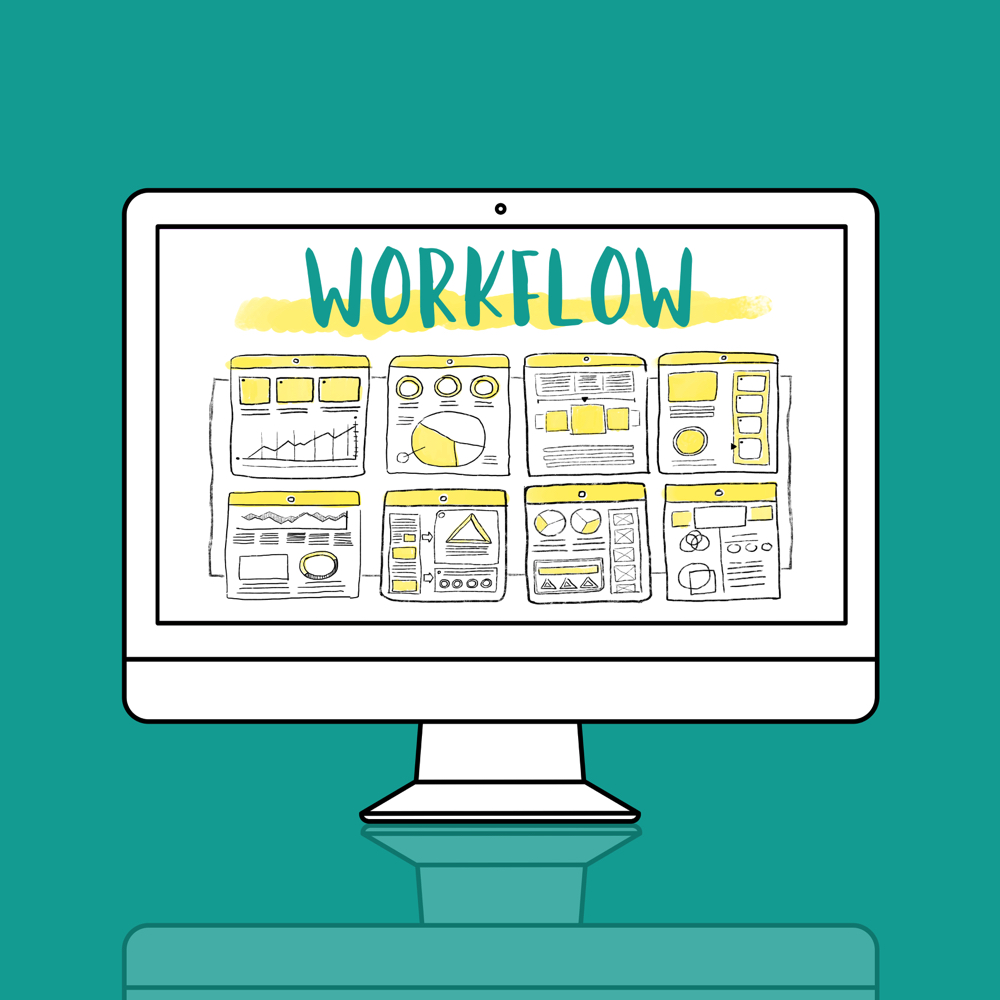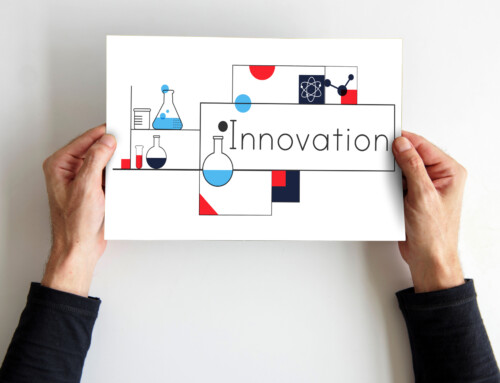There are so many new (cool) things happening with data nowadays, it’s easy sometimes to overlook the basics. So I thought it would be helpful to look at some “best practices” for setting up your data workflows.
Effective data workflows are essential for maintaining data quality, promoting collaboration, and driving reliable insights across an organization. Adopting best practices in data workflows helps ensure that data is collected, processed, analyzed, and stored efficiently and securely.
Below are the key best practices to follow:
1. Define Clear Objectives and Requirements
Before designing any data workflow, clearly outline the goals of the project. Understand what questions the data should answer, what metrics are most important, and which stakeholders will use the results. This ensures that the workflow is purposeful and aligned with business needs.
2. Establish a Standardized Process
Standardization helps reduce confusion and promotes consistency across teams. Use templates for data ingestion, transformation, and reporting. Document all steps and decisions to make it easier for others to follow, review, or audit the process. Version control tools like Git can be invaluable for tracking changes to code and scripts.
3. Use Modular, Reusable Components
Break down your workflow into modular components that can be reused in other projects. For example, data cleaning functions, transformation scripts, and visualization templates should be built with reusability in mind. This approach saves time and reduces the likelihood of errors.
4. Automate Where Possible
Manual steps in a data pipeline introduce delays and potential for human error. Use tools like Apache Airflow, Prefect, or cloud-native workflow services (e.g., AWS Step Functions, Azure Data Factory) to automate scheduling, monitoring, and error handling. Automation improves efficiency and reliability.
5. Ensure Data Quality and Validation
Implement validation checks at each stage of the workflow. This includes verifying schema consistency, detecting anomalies, handling missing values, and confirming data integrity. Use tools like Great Expectations or custom scripts to catch issues early.
6. Maintain Robust Logging and Monitoring
Logs are essential for debugging and performance monitoring. Set up real-time alerts and dashboards to track pipeline health. Monitoring tools can help you respond quickly to failures or performance bottlenecks.
7. Secure Your Data
Ensure data privacy and compliance with regulations such as GDPR or HIPAA. Use encryption, access controls, and audit trails to protect sensitive information. Only authorized users should be able to access production data pipelines.
8. Foster Collaboration and Communication
Encourage cross-functional collaboration among data engineers, analysts, and business stakeholders. Use shared tools, standardized documentation, and frequent check-ins to ensure everyone is aligned.
The Takeaway.
By following these best practices, organizations can build scalable, reliable, and maintainable data workflows that support informed decision-making and drive long-term value.
What about you? What challenges are your data engineers and/or data scientists currently facing? Please comment – I’d love to hear your thoughts.
Also, please connect with DIH on LinkedIn.
Thanks,
Tom Myers



